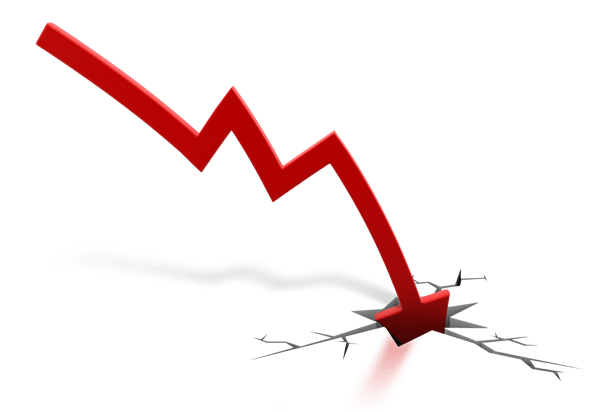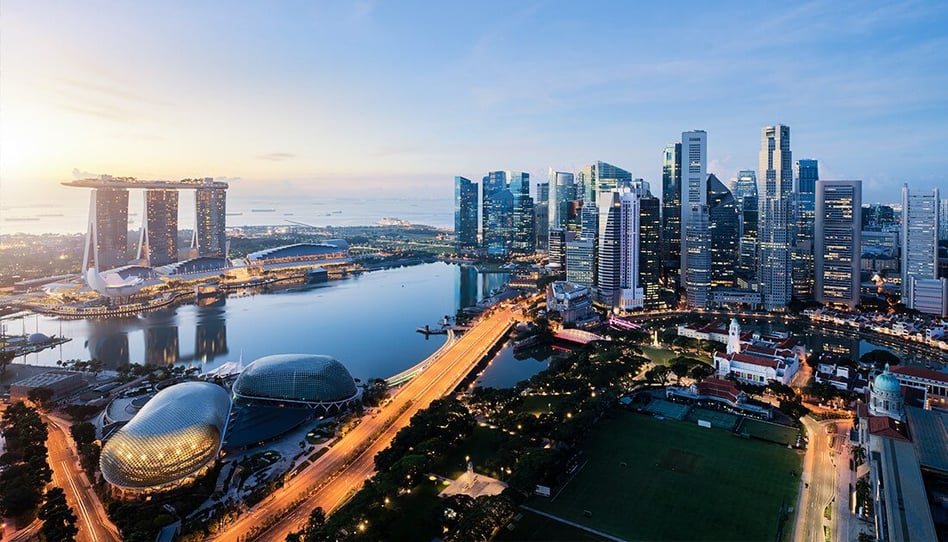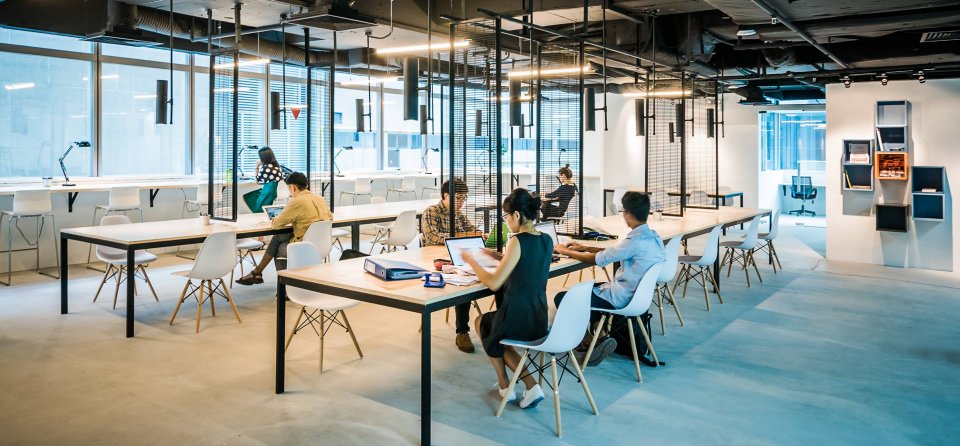The world is revolving, and in the coming years three major changes will have a clearer impact. Looking at the global trade outlook, many of us don’t know how they might affect us and our country. Let’s dive deeper on several problems facing our economy, so we can all work to be prepared and overcome those matters while confronting the downturn.
The Three Major Shifts
The first in the ongoing trade friction is the increasing geopolitical uncertainty between US and China. And, since we’re relying on international trade, Singapore will feel any shock waves significantly, and rapidly.
Protectionism is also on the rise with some of the world's strongest economies beginning to demonstrate decreasing support for globalization. How does this affect a small open economy such as Singapore, which is strongly dependent on free commerce?
On the flip side, it is anticipated that the ASEAN economy will become the fourth-largest in the world by 2030, thanks to the rapidly growing middle class. Henceforth, countries in the region are growing and hold many opportunities.
Read also: Coworking: Building a Cost-Efficient Success in Singapore
So is Singapore in a Recession?
The big, scary words like ‘economic slowdown’, ‘worst performance since 2012’ and most alarming of all - ‘recession's - have been in the headlines and discussions of late. This is responding to the recent flash information from the GDP in the second quarter of 2019, which portrayed almost flat growth.
The topics are swirling around. Some reports stated that Singapore had 0.1% development over the year in Q2, whereas other economists forecast 0.7% or even 0-1% growth. Plus, the Singapore Deputy Prime Minister said that we’re not anticipating a full-year recession at this point (read as ‘yet’), which sounds like we’re heading to one.
As various articles are revolving, we can’t get a handle on precisely how bad the economy of Singapore is doing and how it is likely to experience a shallow technical recession in the upcoming quarter as being assumed.
What is a Recession?
 First things first, we need to be fully aware what a recession means, in what ways it may give an impact on the people, and how it can happen.
First things first, we need to be fully aware what a recession means, in what ways it may give an impact on the people, and how it can happen.
If we’re searching for the literal definition via Oxford English Dictionary, it says that a recession is:
“A period of temporary economic decline during which trade and industrial activity are reduced, generally identified by a fall in GDP in two successive quarters.”
Meanwhile, referring to Investopedia and The Balance:
“The decrease in GDP is not only necessary but also substantial. Besides GDP, four other indicators - employment, revenues, manufacturing and retail sales - also show decreases. Declines in these 4 indices (measuring at any given moment) are generally identified in advance of a drop in GDP (quarterly measured). There can, therefore, be a recession for a nation without a six-month fall in GDP if there are declines in the above 4 signs”
By the latest wave of retrenchments in Singapore, the reported slower production and the fact that our retail sales have for quite a while been slow, it certainly would appear that Singapore is, if not already fully immersed in one, at least on the brink of recession.
Read also: Your Singapore Business Needs These Cost Saving Strategies
Prepare for the Recession Battle Plan
If ever Singapore is in an economic downturn, that doesn’t mean that we’re leading to a dead end. As we’re still on the brink of recession, thus some preparations need to be well-planned and some proper actions have to be executed correctly.
Among all of us, business owners are those who are extremely hit by the recession as it could affect their business and market. Your business will be less likely to be affected by the risk or unforeseen events if your business is strong enough. To strengthen business during this time, some appropriate strategies should be included; retain and broaden client base, market your business affordably, maintain high morality among your employees, and improve business practice, as well as reducing business costs, smartly.
So, What’s Next?
Perhaps, if you re-look at your business expenses, try to catch unnecessary costs that you can cut off or overheads that can be reduced with available alternatives. Out of all operating costs, normally office rental is the biggest portion. But, do you know that you can still keep everything on the same track even though you move into a flexible workspace in Singapore?
How Flexible Workspace Helps Firms Throughout Recession
Flexible workspace can assist businesses of all sizes handle actual property risk either in the short and long term. Unlike traditional office, flexible workspace offers you flexibility. A conventional office lease locks you in financial commitment for a long term. You can scale up (or downsize), as your needs change, with a flexible workstation. This means nearly 15% cost savings on traditional rentals.
Huge upfront capital investments is required in a traditional office lease. By holding an office in a flexible workspace, there are no large deposits, renovation costs, or furniture expenses, which will make it easier for your company to weather any storm in the future.
The rental of your own office space implies the payment of utilities, offices and equipment, and other unforeseen expenses. The all-inclusive pricing allows you to predict expenditure more effectively so that you can plan and budget wisely.
You can also look for possibilities to network and form alliances within a cooperative setting that flexible workspaces are offering, thus, minimizing your exposure to risks.
Read also: Reduce Overheads with These Offices in Singapore
So if you’re interested in a change of scene, opt for flexible workspaces. For further assistance, our Singapore Space Expert, Jia Yiee, is always here to help you in searching for the perfect fit of your next office! Drop her an email at jiayiee@flyspaces.com, or give her a call at +65 8779 8960.





Comments (0)
Subscribe via e-mail